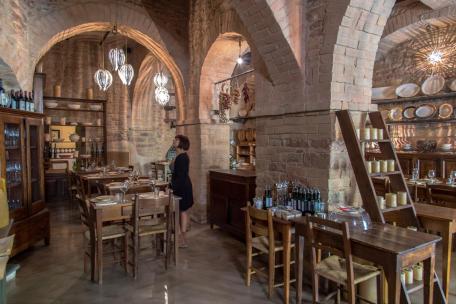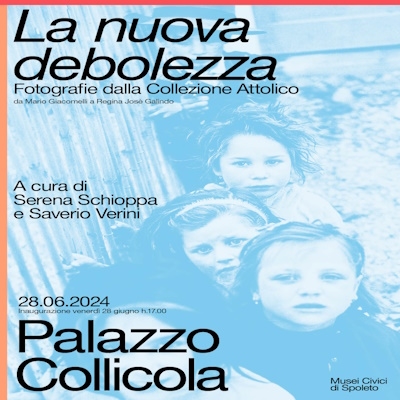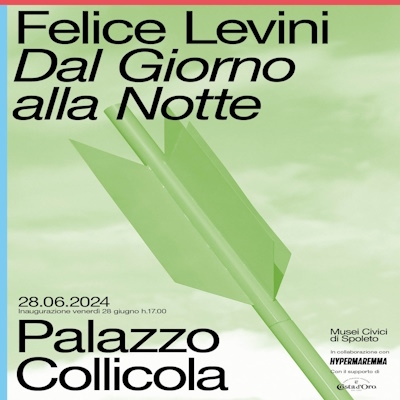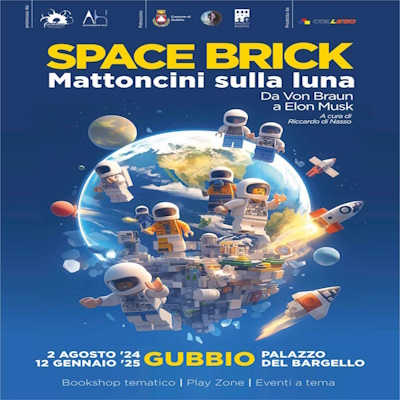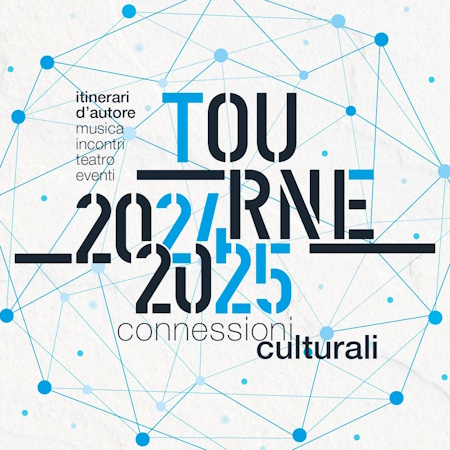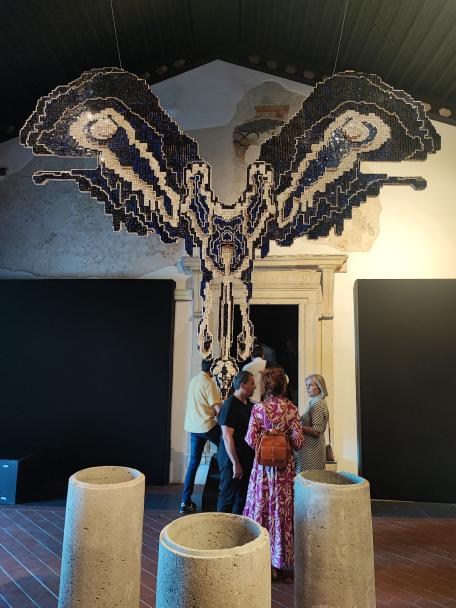What happens to old or disused industrial machinery and sites? Industrial production follows periods of economic expansion and contraction, and in addition to economic cycles, obsolescence means that machinery is sometimes replaced by more technologically advanced equipment.
Very often the sad fate of industrial sites is to be abandoned, becoming unused and dilapidated. The city of Terni, sometimes called the 'Italian Manchester', is known for its industrial history and known above all for its steelworks sector. Some significant examples of Italy’s industrial heritage can be found in Terni.
One of the most important symbols, representing the industrial revolution of the 1800s is the Grande Pressa delle Acciaierie Ternane (The Terni Steelworks’ great press) in Piazza Dante, just in front of the railway station. It makes a strong visual impact: weighing 12,000 tons, it was built by the English company Davy Brothers, came into operation in 1935 and was decommissioned in 1993.
Other noteworthy industrial archaeology sites have been transformed into museums or film and multimedia centres, such as the interesting Arms Museum, located in the former Fabbrica d'Armi dell'Esercito (Army Arms Factory), whose foundation stone was laid in May 1875. The Museum of Light Weapons is not only an exhibition of arms, but highlights the great importance that their manufacture had in the economic and social developments of the city of Terni and Umbria in general.
The Galleto power station - designed by the architect Cesare Bazzani - also played a fundamental role in the industrial development of the city of Terni. Inaugurated in 1929, it was built to produce and supply electricity to steel mills and industries in the Terni area. The power station was able to make the most of the production potential of the rivers Nera and Velino and is still working today, belonging to Endesa Italy.
One of the most representative structures in the field of archaeology and industry, is the ex-Siri factory complex, today called CAOS - Centro Arti Opificio Siri. It is the result of the conversion of the former SIRI chemical factory, near the historic centre of the city. Today CAOS is a cultural centre dedicated to the enjoyment of the arts and creative production, as well as home to the Archaeological Museum and the Museum of Contemporary Art.















